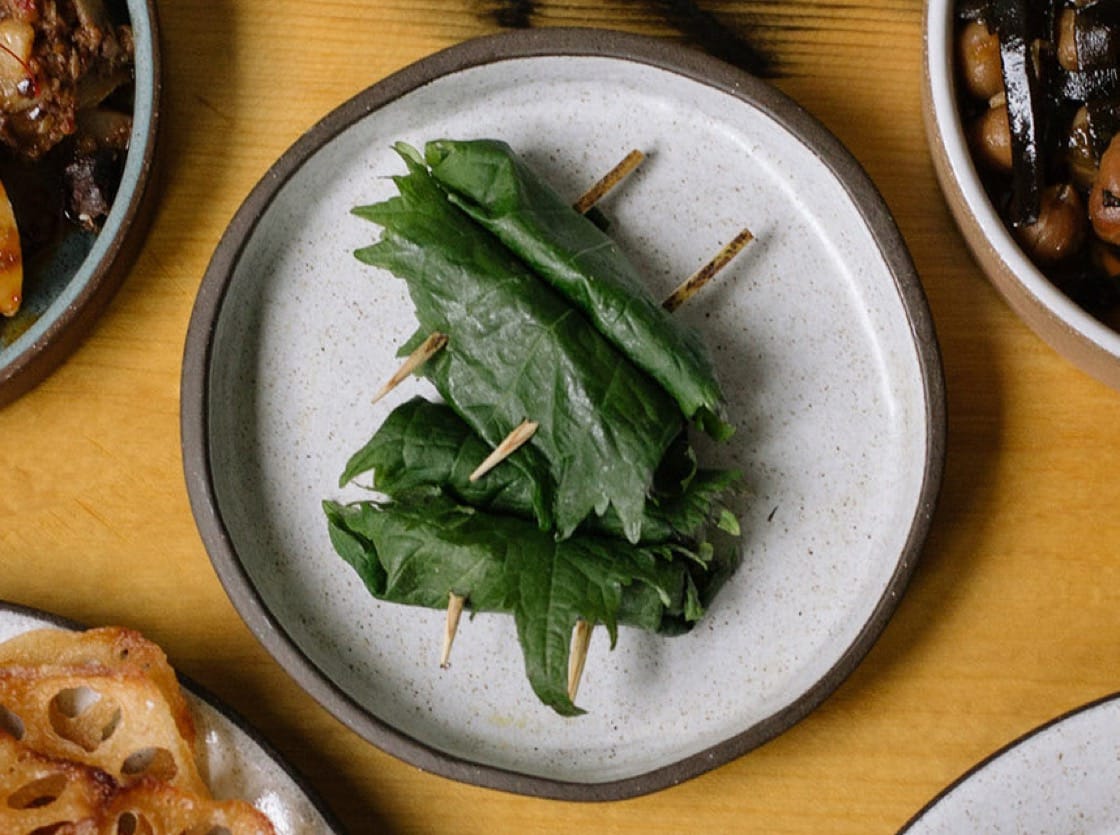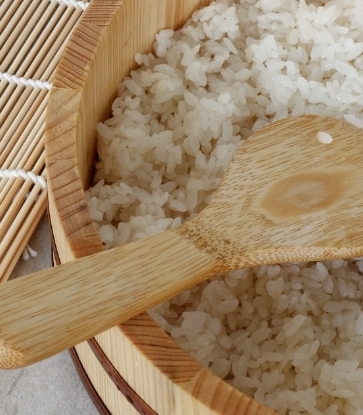However, not all miso is created equal—the longer it ferments, the more bitter it tastes, and different regions in Japan have different taste preferences.
“Every family has a particular miso that they use,” says Maiko Kyogoku, owner of Bessou restaurant tucked away on Bleecker Street in New York City, where traditional family recipes are at the forefront. (Bessou also translates to "holiday villa" or "home away from home" in Japanese.) “It becomes the foundation for all the dishes that you serve. My dad grew up in Sendai in the north of Japan; we use Sendai miso. My mother’s side of the family, however, uses white miso called Saikyo miso.”
Also typical in the Japanese home is making your own blend of miso. The Kyogoku household makes tama miso, a rich and velvety blend of miso, egg yolk and various nuts. “It’s essentially a Japanese barbecue sauce,” says Kyogoku. “It’s smoother, richer and a little bit sweeter and keeps for a very long time. It’s used on a lot of different things.”

“Shiso maki is a regional specialty from Sendai and is usually grilled,” says Kyogoku. “At the restaurant, we like to keep it fresh as shiso is such a lovely cross between mint and basil.”
On any given day, chef Emily Yuen will whisk a combination of sake, red miso, sugar and egg yolks over medium heat until she reaches a desired consistency, then lowers the temperature to a simmer and continues whisking for a minimum of 45 minutes. Once cooked and cooled, a combination of nuts are mixed into the miso. “Her father taught me to use whatever’s around the house,” Yuen says. “At the restaurant we use sunflower seeds, walnuts and peanuts—it gives a great texture to the dish.” Ground pork, raisins and farro have also appeared in Bessou’s shiso cigars.
“It’s a one pot wonder,” Yuen adds. Just don’t set it and forget it: “You don’t want it boiling as it turns to this lava-like mass and could burn,” she says. “Although, a chef once told me what burns builds character.”
Make your own tama miso (egg miso sauce) at home with this recipe, courtesy of Bessou restaurant.

(Makes about 1.4 litres)
Ingredients
100 grams sake
50 grams Sendai miso
50 grams Aka miso
50 grams white miso
50 grams Saikyo miso
200 grams granulated sugar
1 egg yolk
Method
1. In a medium pot, bring sake up to boil; add all miso and sugar; turn heat to medium-low and continue to whisk for 30 minutes.
2. Add egg yolk; continue whisking for additional 10 to 15 minutes; remove from heat and cool for use.






















